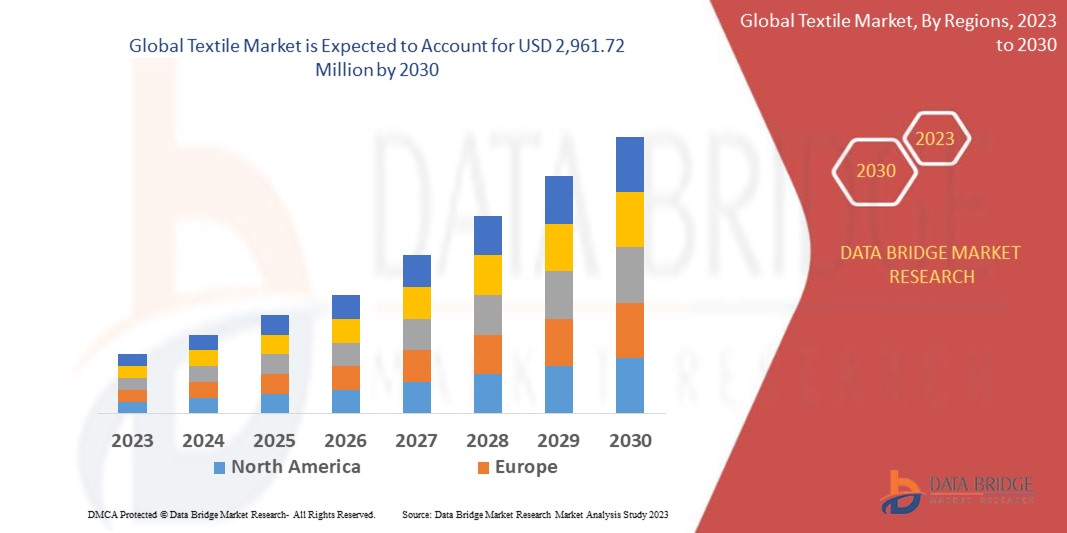The Global Textile Market is experiencing steady growth, driven by rising consumer demand, technological advancements, and evolving fashion trends. In 2024, the market was valued at over USD 1,000 billion and is projected to expand at a compound annual growth rate (CAGR) of approximately 4–5% over the next decade.
Key Market Drivers
1. Rising Disposable Income and Urbanization
Increasing disposable income, particularly in emerging economies like India, China, and Southeast Asia, has led to greater spending on clothing and home textiles. Rapid urbanization is also fueling demand for a wide variety of textile products, including fashion apparel, technical textiles, and home furnishings.
2. Growth of E-Commerce and Fast Fashion
The rise of online retail platforms has revolutionized textile sales, allowing consumers easier access to a wide range of products. Moreover, the fast fashion model—characterized by quick design-to-retail cycles and affordable pricing—has boosted consumption significantly, especially among younger demographics.
3. Advancements in Textile Technology
Innovation in textile manufacturing, including the use of sustainable fibers, smart textiles, and automation, is transforming the industry. Technologies such as 3D knitting, digital printing, and nanotechnology are enhancing product functionality and design flexibility, attracting new customers.
4. Increasing Demand for Technical Textiles
Technical textiles, used in sectors like automotive, healthcare, construction, and sports, are witnessing rising demand. Applications such as protective clothing, medical textiles, and geotextiles are driving market growth beyond traditional apparel and fashion segments.
Market Segmentation
By Raw Material:
- Cotton
- Wool
- Silk
- Synthetics (polyester, nylon, acrylic)
- Others
By Product:
- Natural fibers textiles
- Synthetic textiles
- Technical textiles
- Home textiles
By Application:
- Clothing & apparel
- Household
- Industrial & technical
- Others
Regional Insights
Asia Pacific dominates the global textile market, accounting for the largest share due to strong manufacturing capabilities, availability of raw materials, and supportive government initiatives. China and India are the major contributors, serving both domestic consumption and international exports.
North America and Europe continue to hold significant shares, driven by advanced technology adoption, higher consumer spending, and a focus on sustainable and premium textile products.
Challenges
Despite its growth, the market faces challenges such as fluctuating raw material prices, environmental concerns related to water and chemical usage, and labor-intensive production processes. The industry is under increasing pressure to adopt eco-friendly practices and improve supply chain transparency.
Future Outlook
The textile market is expected to continue its growth trajectory, supported by sustainability trends, digital transformation, and rising demand for functional and technical textiles. Companies investing in circular economy models, innovative materials, and automated manufacturing are likely to gain a competitive edge in the coming years.
Get More Details:



